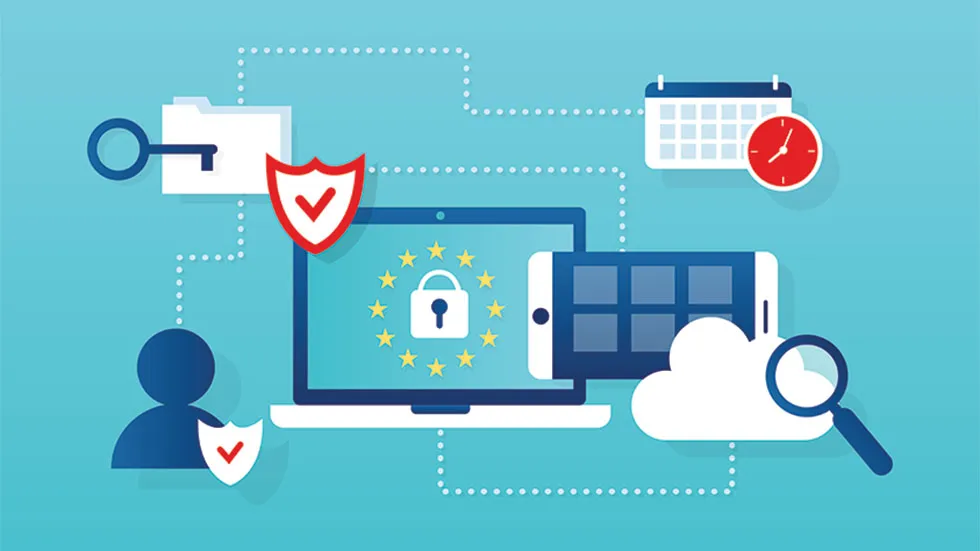
In today’s hyperconnected world, where digital interactions are an integral part of our daily lives, ensuring the security and privacy of our personal data has become a paramount concern. The ubiquity of technology brings convenience and efficiency, but it also exposes us to potential threats from cybercriminals and data breaches. In this comprehensive guide, we’ll delve into essential tech tips and tricks to fortify your data privacy defenses. From safeguarding your online presence to protecting your sensitive information, we’ve got you covered.
Strong Passwords Are Your First Line of Defense
Cyber attackers often exploit weak passwords to gain unauthorized access to your accounts and sensitive information. Crafting a robust password is your initial step toward bolstering data security. Opt for a passphrase combining upper and lower-case letters, numbers, and special characters. Avoid using easily guessable details such as your birthdate or pet’s name. Consider employing a reputable password manager to generate and store complex passwords securely.
Two-Factor Authentication (2FA) Provides Extra Security
Two-Factor Authentication adds an extra layer of protection beyond your password. It involves a secondary verification method, such as a text message code or a fingerprint scan, which ensures that only authorized users can access your accounts even if your password is compromised. Activate 2FA wherever possible, especially for sensitive accounts like email, banking, and social media.
Keep Your Devices and Software Updated
Regularly updating your devices and software is crucial for staying ahead of potential security vulnerabilities. Hackers often exploit outdated systems to gain unauthorized access. Set your devices and apps to automatically update to the latest versions, which include essential security patches and bug fixes.
Encrypt Your Internet Connection with a VPN
Virtual Private Networks (VPNs) encrypt your internet traffic, making it extremely difficult for cybercriminals to intercept your data. Whether you’re using public Wi-Fi or browsing from home, a VPN shields your online activities from prying eyes. Opt for a reputable VPN service that guarantees a no-logs policy and strong encryption.
Be Wary of Phishing Attempts
Phishing attacks trick you into revealing sensitive information by impersonating legitimate entities through emails, messages, or websites. Exercise caution when clicking on links or downloading attachments, especially if the source seems suspicious. Verify the sender’s email address and scrutinize URLs for any misspellings or inconsistencies.
Secure Your Smart Devices
The Internet of Things (IoT) has introduced a plethora of interconnected smart devices into our lives. While these gadgets offer convenience, they can also become entry points for cyber threats. Change default passwords on IoT devices, update their firmware regularly, and consider creating a separate network for your smart devices to isolate them from your main network.
Embrace End-to-End Encryption
When communicating over messaging apps or sharing sensitive data, prioritize platforms that offer end-to-end encryption. This technology ensures that only the intended recipient can decipher the information, protecting your messages and files from unauthorized access during transmission.
Audit App Permissions
Apps often request access to various features and data on your device. Regularly review the permissions you’ve granted to each app and revoke those that seem excessive or unnecessary. This minimizes the risk of apps collecting more data than required.
Utilize Biometric Authentication
Leverage biometric authentication methods, such as fingerprint recognition and facial scanning, to enhance your device’s security. Biometrics provide a unique and personal layer of protection, ensuring that only you can unlock your device.
Regularly Back Up Your Data
In the unfortunate event of a security breach or data loss, having regular backups is a lifesaver. Store backups on encrypted external drives or secure cloud services. This way, you can quickly restore your data and minimize the impact of any potential data breach.
Bottom Thoughts
In our hyperconnected reality, safeguarding your data privacy demands proactive measures. Implementing these tech tips and tricks empowers you to navigate the digital landscape confidently while preserving your personal information from the clutches of cyber threats.
Commonly Asked Questions
Q1: Can’t I just use the same password for multiple accounts?
A1: While it’s tempting, using the same password across accounts puts you at risk. If one account is compromised, all your other accounts become vulnerable. It’s best to use unique, strong passwords for each account.
Q2: How do I know if a public Wi-Fi network is safe to use?
A2: Public Wi-Fi networks can be risky. Only connect to networks with a secure password. If you must use open networks, consider using a VPN to encrypt your connection.
Q3: Why do I need to update my devices and apps so frequently?
A3: Updates often include security patches that address newly discovered vulnerabilities. Failing to update your devices and apps leaves them exposed to potential attacks.
Q4: How can I identify a phishing email?
A4: Be cautious of unsolicited emails asking for sensitive information or containing urgent requests. Check the sender’s email address and hover over links to preview their destination before clicking.
Q5: Is it worth investing in a paid password manager?
A5: Absolutely. Paid password managers offer advanced features like secure cloud storage and multi-device syncing. They also prioritize security and encryption to keep your passwords safe.












